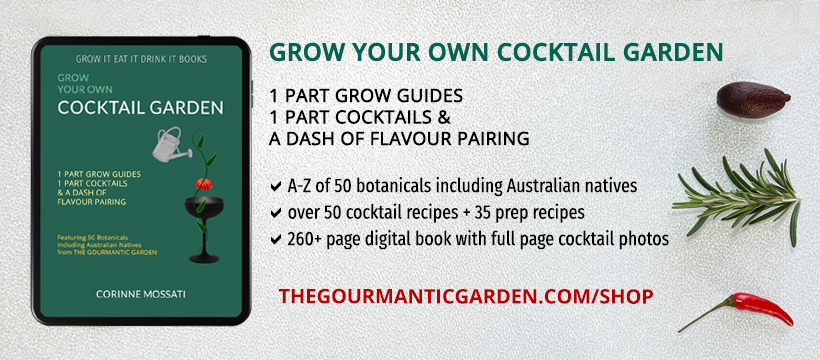If you’ve been keeping an eye on current cocktail trends, you would have noticed a resurgence of Tiki culture. Although the phenomenon has been gaining popularity in the USA for some time, Australia is following with new Tiki bars opening such as Jacoby’s in Sydney, Tiki as FK in Perth and Tiki Tiki Gai in Brisbane.

Speaking with Jeff ‘Beachbum’ Berry, Tiki Expert, Historian, Author and Owner of Beachbum Berry’s Latitude 29 in NOLA, we are in the midst of Tiki’s second golden age – the first one having lasted for 40 years from the Depression to Disco. But today’s Tiki is a little different from its heyday in the 1950s.
“Modern Tiki is afraid of the theme,” he explains. “But not every place. The good places embrace it wholeheartedly and create an immersive environment but a lot of the cocktail capitals of the world are still afraid of Tiki. They love the drinks and recognise them as the culinary craft cocktails that they are but they’re afraid of providing the atmosphere because people might think it’s tacky.”
Berry defines modern Tiki as the drinks without the atmosphere, in that you have Tiki drinks in non-Tiki bars.
He attributes Tiki’s revival partly due to the quality of the drinks and to being a transportative experience, pure escapism from the world’s current events. “In the 1950s, it was the existential threat of nuclear war, now it’s the destruction of our planet. The worse things get in the world, the more people want to escape.” Furthermore, he states that it’s almost impossible to be too serious when serving a drink in a Scorpion bowl. “Drinking is supposed to be fun, relaxing, what you do to decompress from horrors of the work day and life, and there’s a certain part of the craft cocktail ethos that denies that”.
It may be about escapism but years of craft cocktails have educated consumers’ palates about quality ingredients and flavours. Yet in their minds, there is still the association of sweet, sugary drinks with Tiki cocktails, particularly those served in many holiday resorts and cruises.
Tiki’s second golden age is mindful of current trends in lowering sugar in drink. Berry stresses that If Tiki drinks are done properly, there isn’t too much sugar.
“Balance is key. When drinks are done right, it’s about the balance between the sweetness, the citrus, the sour element, the base spirit and whatever you’re using to dilute the drink. At Latitude 29, we don’t serve sweet drinks, we serve balanced drinks. The reason for that is that there’s a lot of crap drinks out there.”
Current trends in low ABV drinks are also applied in today’s Tiki culture. “There’s no reason why you can’t take the Tiki template [1 of sour, 2 of sweet, 3 of strong, 4 of weak] and not make it work.” The base spirit can be a fortified wine or a trace amount of a 40% ABV spirit. The USS Wondrich is an example. We created it for David Wondrich who wanted an “intermission drink”, a low ABV drink to enjoy in between stronger drinks.”
“We also did a version of the Adonis, added pineapple, chocolate orange liqueur and created a low ABV drink served up. We took the Tiki template, a classic pre Prohibition drink and tikified it.”
If Tiki’s first lifespan lasted 40 years, what can the future hold for modern Tiki. “I see it moving and evolving away from rum and using different spirits. In the 1930s to 1970s, it was almost exclusively about rum, now we see gin-based drinks, tequila, mezcal, rye – all using the same template but a different base spirit.”
As to how long it will last, “We burn through trends a lot faster now. The first one lasted 40 years, if this one lasts 10-20 years, it still speaks well of the Tiki ethos.”
“The Caribbean holy trinity of rum, sugar and lime has been the Caribbean template since 1650,” he adds. “It has lasted this long with variation, and it’s not ever not going to work.”
You may also like: Essential Guide to Tiki Culture, How to Batch Tiki Cocktails for a Crowd
Photo Credit: Supplied and used with permission.

